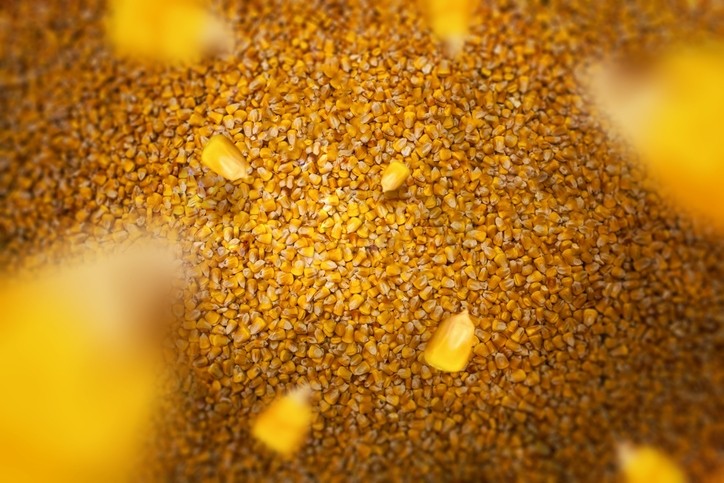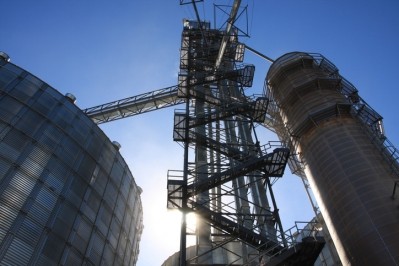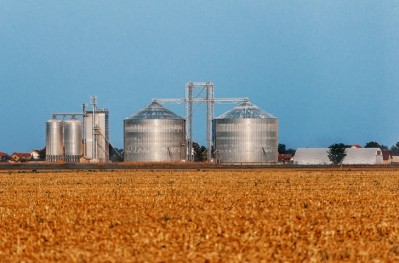TeleSense applying cloud-based technology to feed and food grain monitoring

TeleSense reported that $6.5m was raised through that capital generation initiative; the funding round saw new investments from Finistere Ventures, Congruent Ventrues, Maersk Growth, Rabobank’s Food and Agri Innovation Fund, Radicle Growth and Trailhead Capital along with the return of previous investors.
Finstere Ventures will also see a representative joining the TeleSense board of directors.
TeleSense seeks to provide “industrial IoT” and environmental monitoring capabilities for grain during storage and transport in an effort to reduce grain spoilage, the company said. It is estimated that there is about $12bn in grain lost from spoilage annually in countries in the developed world.
The funding is set to allow the company to start expanding where it deploys its technology, said Naeem Zafar, co-founder and CEO.
“We used initial seed funding to identify the market niche and proved out the product,” he told FeedNavigator. “Now is the time to expand our footprint and further deploy the solution.”
The funding also will support work on the next generation of products and additional development of its AI-based knowledge system GrainSafe and machine learning techniques, he said.
“We have aggressive plans to expand our product [and] feature lineup based on the funding,” he said. “There is a lot to be done as the problem and potential implications loom large.”
The company is focusing its initial marketing efforts on four regions – North America, South America, Australia and Eastern Europe, said Zafar.
“We carefully chose these regions based on a variety of factors – market size, ease of doing business, current technology deployment and appetite for new solutions,” he said. “After achieving specific market penetration in each of those, we plan to address several additional regions around the world.”
Storing feed and grain
TeleSense technology focuses on gathering data for stored feed raw materials and grain, said Zafar. One version of the technology can interface with existing cables in a storage facility to automate the data collection process.
However, if there is not existing monitoring infrastructure, the system also can use a portable SensorBall to collect the data, he said. “These balls can be simply tossed in the grain and they will wirelessly send the data every so often,” he added.
“One of many ways TeleSense helps is to detect a hot spot in the stored grain,” he said. “A hot spot happens as a result of moisture that causes mold, and the temperature rises in a spot due to biological activity – depending on the situation, the temperature can rise even to the point of smoldering or catching fire.”
The systems may help producers identify high moisture levels in time to save the stored grain, he said. “The ability to see the big picture on a screen with color-coded notification of deteriorating conditions in storage or transport can be a big help,” he added.
“We are also able to sense and notify customers of conditions with dust as accumulation can cause hazardous conditions,” said Zafar. “The risks from fumigation can also be mitigated using the remote sensing that TeleSense provides.”
The technology also has been designed to work with grains stored in silos and ingredients or feeds that are bagged, he said.
“The SensorBall is ideal for non-vertical storage locations as there are usually no cables and no easy way to monitor grain piles, grain bags and horizontal bunkers,” said Zafar. “Balls are usually inserted every 4-6 meters, and they talk to each other creating a mesh. This allows one to monitor large accumulation of grain.”
The systems continuously monitor and collect information on environmental parameters including temperature and humidity, he said. That information allows for the grain’s equilibrium moisture content (EMC) to be computed, along with potential grain quality.
“Once analyzed in the cloud, the data can be printed as reports, real-time alerts can be sent as SMS [text message] or (to) the mobile app that can be viewed by the user,” he said.












